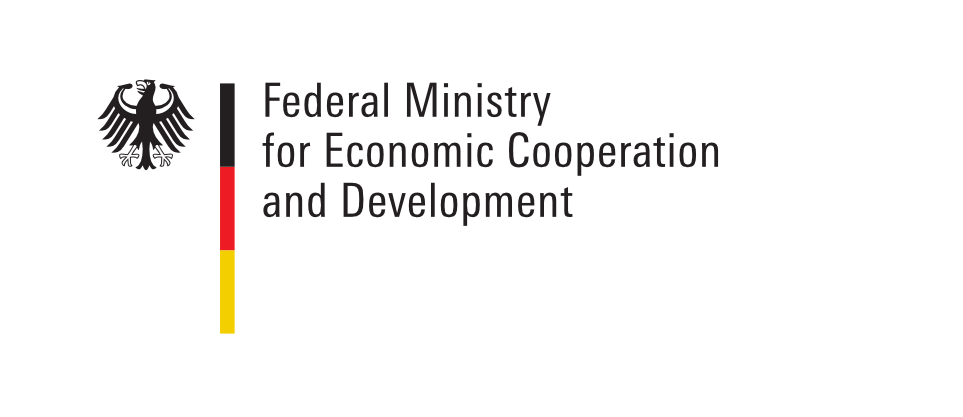- DE |
- EN
Resource efficiency, technical modernisation and new demands on work organisation
Overview
Built in 1965, the current City Hall of Hebron in the Palestinian Territories has been remodelled and repurposed time and again to meet the increasing demands of a growing city and its administration. The focus was on resource efficiency, technical modernisation and the requirements of work organisation.

Background
In 1965, Hebron's city council moved from its previous town hall in the old city centre to a new building that had previously served as a museum and event space. It then also housed the municipal library, among other things. In 1998, a floor was added for the first time. Ten years later, the building was renovated and repurposed again. Among other things, rooms were remodelled for a new citizen service and a new section was added to the building.
In 2017, there were plans to build a new town hall for Hebron. However, the costs were too high and so the city council decided to extensively remodel and expand the building again. This made it possible for municipal companies such as the Hebron Electrical Power Company (HEPCO) to move into the building.
Objectives
The municipal administration was to be given more space in the city hall for its approximately 300 employees and be able to offer its services to citizens efficiently as a one-stop shop in an appealing environment. The refurbished building fulfils high environmental standards and is equipped with modern technology and renewable energy solutions such as solar panels.
A previous celebrating hall will be made available to the public as a multi-purpose space for community engagement.

Activities
A working group within the administration was tasked with developing the reutilisation and conversion under the leadership of the architecture department. It drew up a masterplan, which had to take particular account of the conversion while the building was in use. The mayor, the city council and the management department also contributed their ideas. Employees were invited to express their needs and citizens had the opportunity to provide their feedback on the plans.
Primarily municipal funds were used for the remodelling; there was little financial support from external donor institutions. Due to a reduced budget, the technology was modernised rather than replaced in many cases.
Effects
Today, the building from the 1960s meets modern technical standards in terms of fire protection, electrics, information technology and network cabling. It is barrier-free and security standards have also been increased thanks to comprehensive video surveillance. Cooling, heating, ventilation and lighting are more energy-efficient.
Citizens no longer have to go to different administrative staff in different parts of the building with their concerns, but now have just one contact person for almost all matters in the open-plan citizen service area on the ground floor of the city hall. With the new multifunctional room, the administration offers citizens the opportunity to hold meetings for their civic, social or creative activities or simply a room for celebrations.

Conclusions
Thanks to the remodelling, the city administration can offer its services more efficiently and increase citizen satisfaction. The building also meets modern standards, even if it was not possible to achieve the optimum in terms of energy efficiency for cost reasons. The conversions show that with flexibility and commitment, even old buildings can be sensibly remodelled for modern use, which saves the higher costs and greenhouse gas emissions of a new building.
Further information
Published: 22/01/2025
Contact
Husam Shweiki
Head of the Department of Architecture at the Municipality of Hebron






















